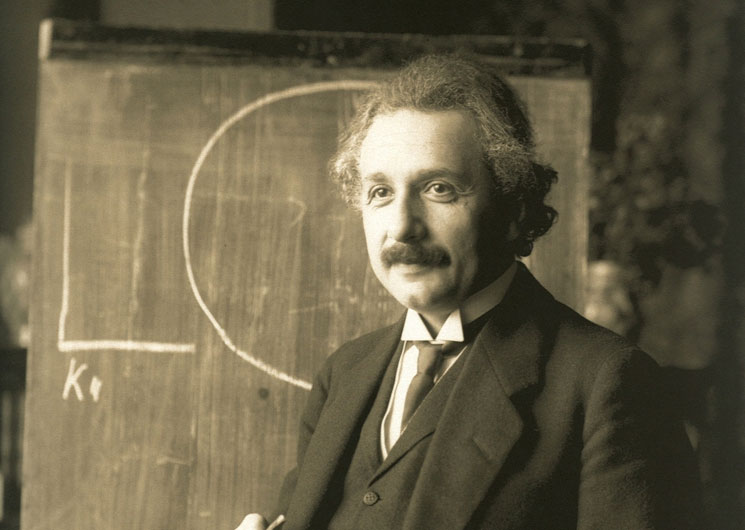
You've likely heard some blowhard rattle off the old cliché "man-stoppers start with four," a suggestion that anything smaller than .40-caliber is insufficient for personal defense.
Funny thing is, it seems many of those fond of the phrase don't even carry on a regular basis. If you encounter someone who's intent on this game of "my gun's bigger than your gun," and you aren't opposed to tricking the simple-minded, turn the tables by asking what his home-defense gun is chambered in. He'll likely stick his chest out and say ".45 ACP." That's when you shake your head and scoff.
"What?" he asks. "What's in your safe?"
"A shotgun loaded with double-aught buckshot," you reply with a grin. "Man-stoppers start with 12."
Then share with him the following information regarding the shotgun's impressive external ballistics, and compare them with popular handgun and rifle calibers.
Shotgun vs. Handgun
Let's start with the handgun chambering by which all others seemingly are judged—.45 ACP. Energy at the muzzle of a personal-defense .45 ACP round is usually about 400-450 ft.-lbs., depending on the weight and velocity of the bullet. At the high end, according to company literature, Hornady offers a .45 ACP +P load that sends a 200-grain bullet out of the barrel at a scorching 1,055 fps, resulting in muzzle energy of 494 ft.-lbs. In terms of raw energy, the .40 S&W actually stacks up fairly well to the .45 ACP, while the .357 Mag. exceeds it by a lot, averaging 540-600 ft.-lbs. Now, here's where our loudmouthed adversary has a bit of a case: The average 9 mm packs 330-350 ft.-lbs., while the .38 Spl. averages just 230-250 ft.-lbs.
Does the 9 mm pack significantly less power than the .45? Perhaps, but it's negligible when both are compared to a 12-gauge shotgun. A fairly standard personal-defense shotgun load throws nine 00-buckshot pellets at a muzzle velocity of 1,200 fps. Bigger, badder loads are out there, but this one is a good compromise between manageable recoil and maximum lethality. Each .33-caliber pellet weighs .123 ounces (53.8 grains) for a total payload of 1.107 ounces (484.3 grains). Given the pellets' weight and velocity, we can determine their energy using the formula E = .5 x mass x velocity squared.
Starting with the overall payload of 1.107 ounces, we find an almost frighteningly high energy of 1,547 ft.-lbs. Mr. "Man-Stoppers Start with Four" can keep his 1911, because a single shotgun blast is comparable to four simultaneous rounds of .45 ACP.
The numbers are equally impressive for individual pellets. Each .33-caliber sphere possesses 172 ft.-lbs. of energy—meaning a single pellet strike hits harder than a .32 ACP handgun and not much softer than the popular .380 ACP (about 200 ft.-lbs.). That is awesome lethality, folks.
Shotgun vs. Rifle
There was a time when few considered AR-style rifles suitable for home defense. This was due more to prejudice than design flaw, but thoughts have changed, and recent loads such as Hornady TAP make the black rifle a far more viable home-defense option. In terms of raw energy, the shotgun wins, but the .223 Rem. does stack up pretty well—most loads hover around 1,300 ft.-lbs. at the muzzle. However, the shotgun separates itself from the .223 Rem. in its ability to dump that energy into a close-range target. Today's rapid-expanding .223 Rem. rounds come close, but I have not seen a ballistic gelatin test in which it outperformed 00 buckshot. And ultimately it is the transfer of energy—whether a car striking a deer or an ounce of shot smacking a burglar's chest—that kills.
There are plenty of rifle calibers that exceed the shotgun in terms of energy, though. A hot .270 Win. or .30-'06 Sprg. load, for instance, has nearly double the energy of our example shotgun configuration. Heavy rifles are plenty powerful, but can be impractical for close-range combat.
Thoughts on Smaller Pellets
So packed with energy is a 12-gauge buckshot load, some question whether it's too much for their needs. There's no such thing as stopping a threat too quickly, but keep this in mind: Buckshot really penetrates, and that is a concern if you have neighbors or children on the other side of the drywall. Folks in these scenarios frequently opt for No. 7 1⁄2 shot to reduce penetration while preserving close-range lethality. Is No. 7 1⁄2 shot sufficient? Let's consider a 1-ounce load that achieves 1,200 fps. As it exits the muzzle, the overall payload packs a 1,398 ft.-lb. wallop. That, my friends, will stop a bad guy. However, proper patterning is all the more essential with birdshot in a self-defense scattergun, since the smaller pellets create a wider pattern than buckshot at equal distances. And you must center their breadth on the target, because while more pellets exit the gun (350 No. 7 1⁄2 pellets per ounce of shot), individual pellets carry less than 4 ft.-lbs. of energy—a glancing blow may not get the job done.
Still, at 10 yards, I'll trust my life to birdshot over any handgun caliber—even one that starts with "four."



































